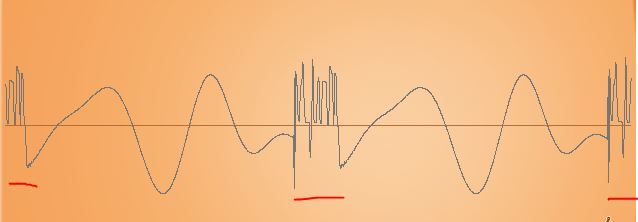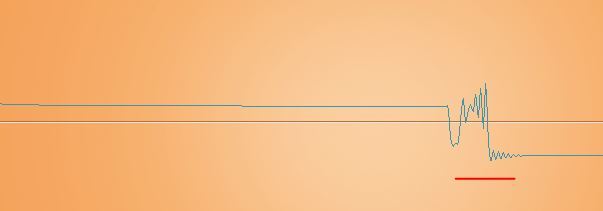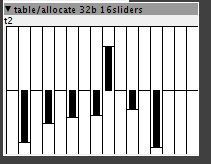Hi - so after thinking everything is pretty cool sounding, I started looking at the details of my instrument. Although happy accidents are great, I don't want to stay ignorant of how to properly do something.
What I am doing is playing back a table that has a sample loaded into it.
Here are my issues:
I am using a Phasor to play it back since I want pitch variation. The phasor seems to be flipping the sample waveform - perhaps it should be a rising saw instead of a falling saw? Placing a math invert object before the phasor goes into the table read object doesn't produce any sound at all from the table.
** inverting after the table seems to work fine!The Memory allocation for the table doesn't make sense to me. If the sample is 1186 bytes - shouldn't I allocate more bytes than that to the table? I am thinking since my wav is a 16bit 48khz sample, I create a 16bit table. I figure the numbers in the drop down are bytes. So i give it 2048 bytes. I incorrectly (i guess) assumed that the table is now about half full and when I run a phaser through it, it will output all of the values and once it reaches and empty value it will start from the begining. Not sure where I got that assumption but it seems wrong. I can see on an oscilloscope that theres a big gap until the sample waveform starts up again. Interestingly, giving the table 1024 bytes, seems to fit the sample as well, and the gap is smaller. 512 bytes seems to almost correctly fill the table but theres some weird waveform mangling at the start of the sample.
***what I really dont get is if the sample is 1186 bytes, and i allocate memory for it as a 1024 table..why is there still a gap when i play it back with a phasor. Shouldn't it actually be without a silent gap since the whole table is already full since i tried to load a 1186 byte sized amount of data?The waveform mangling that happens at the beginning of the sample wave form while using a phasor - is this something to do with the phasor? Is it bandlimited or something?


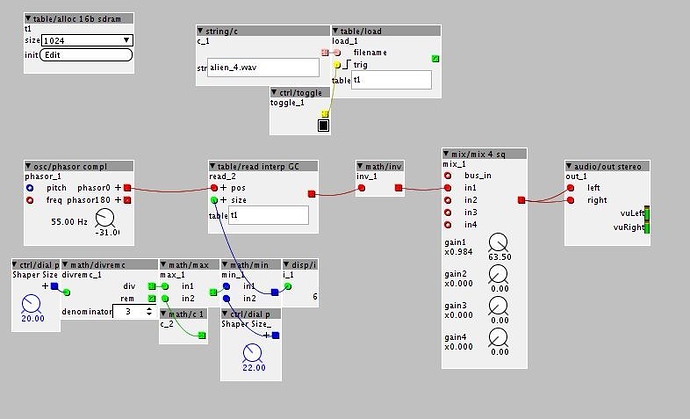
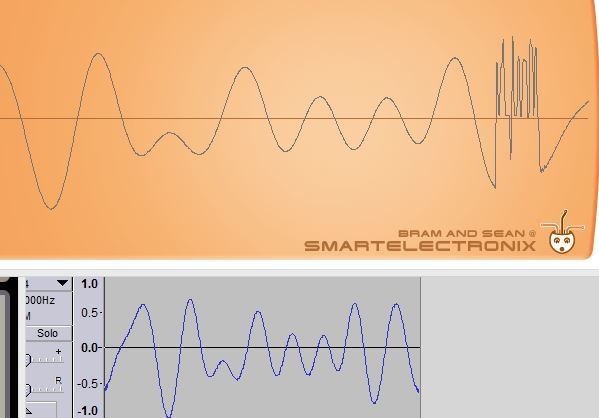
 pretty fun stuff
pretty fun stuff